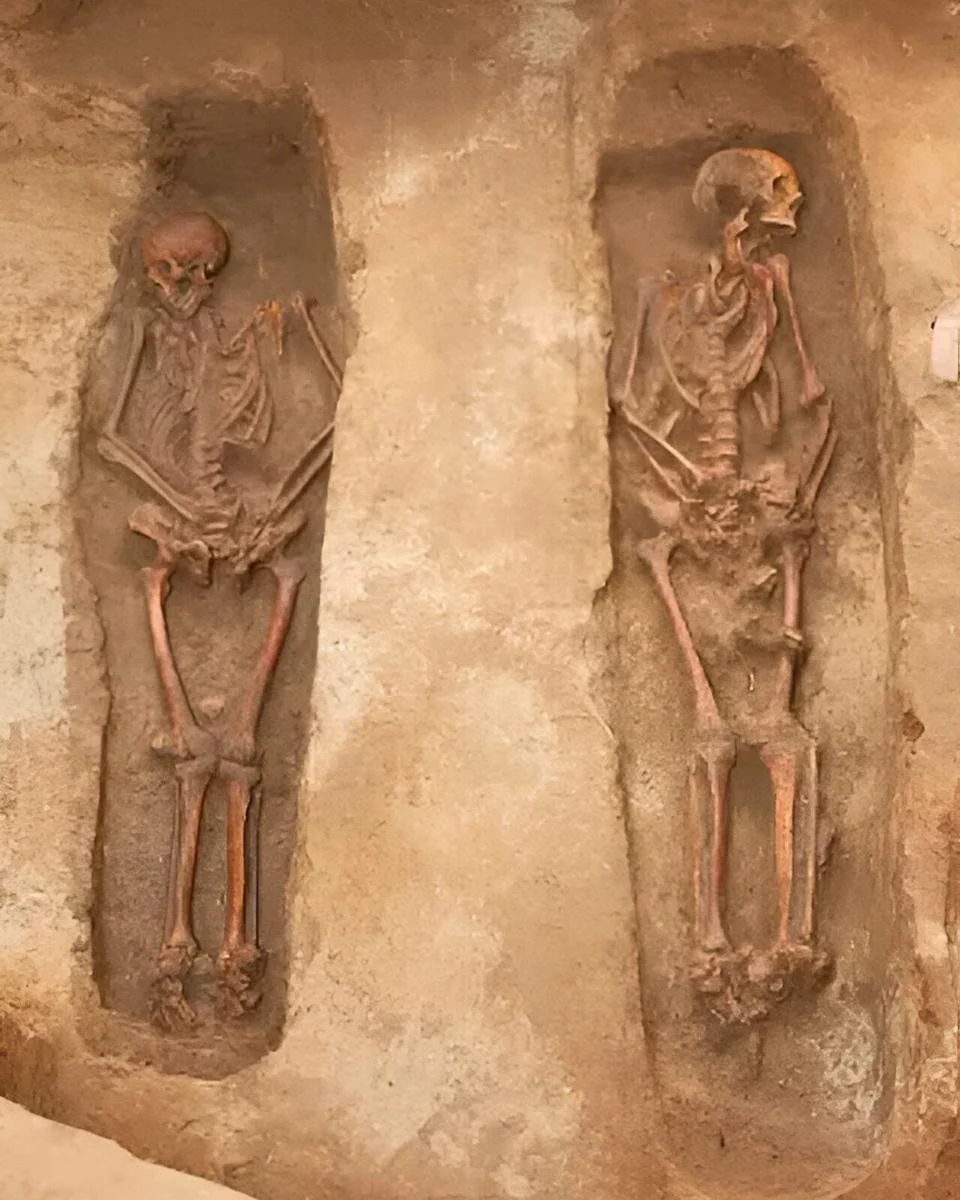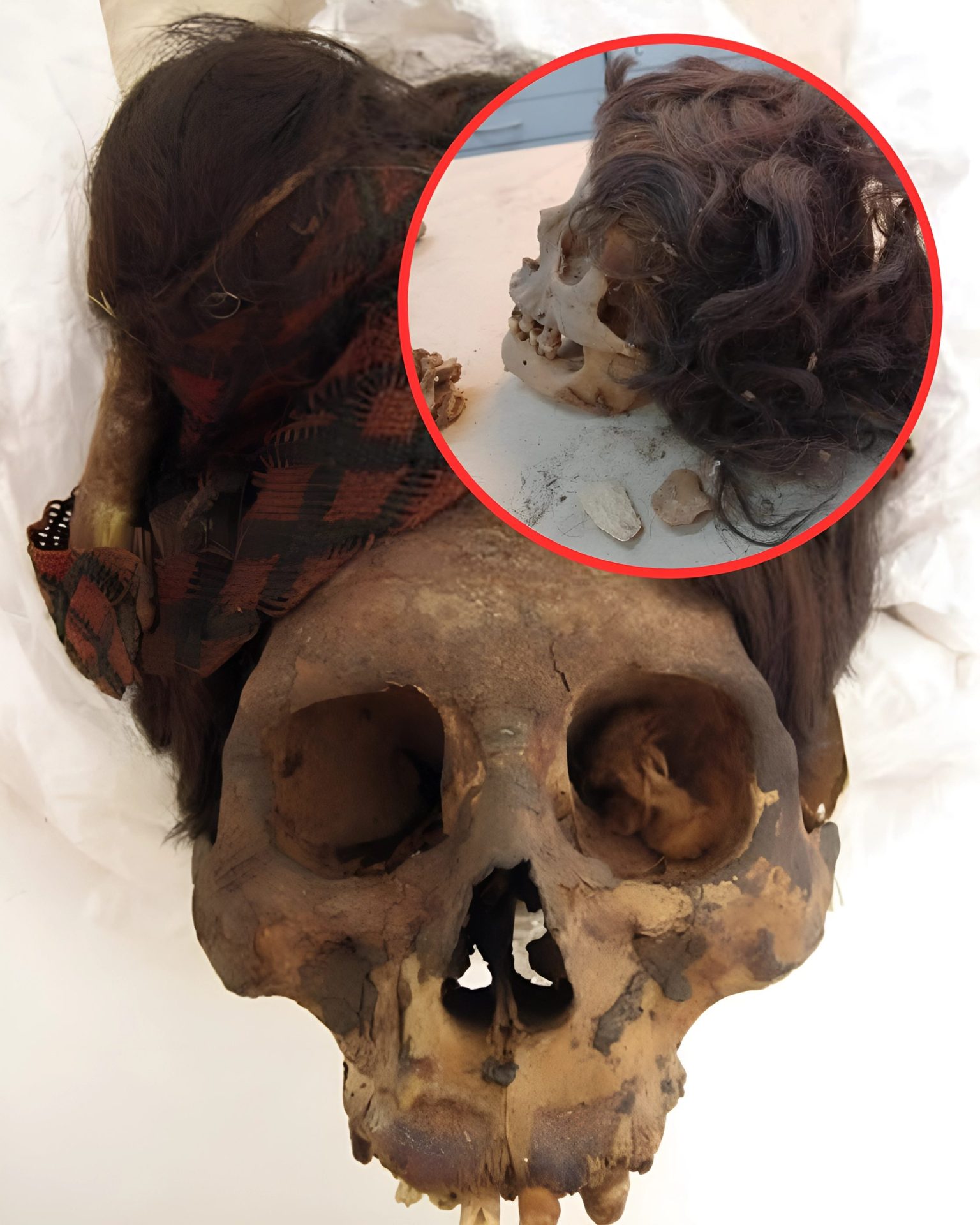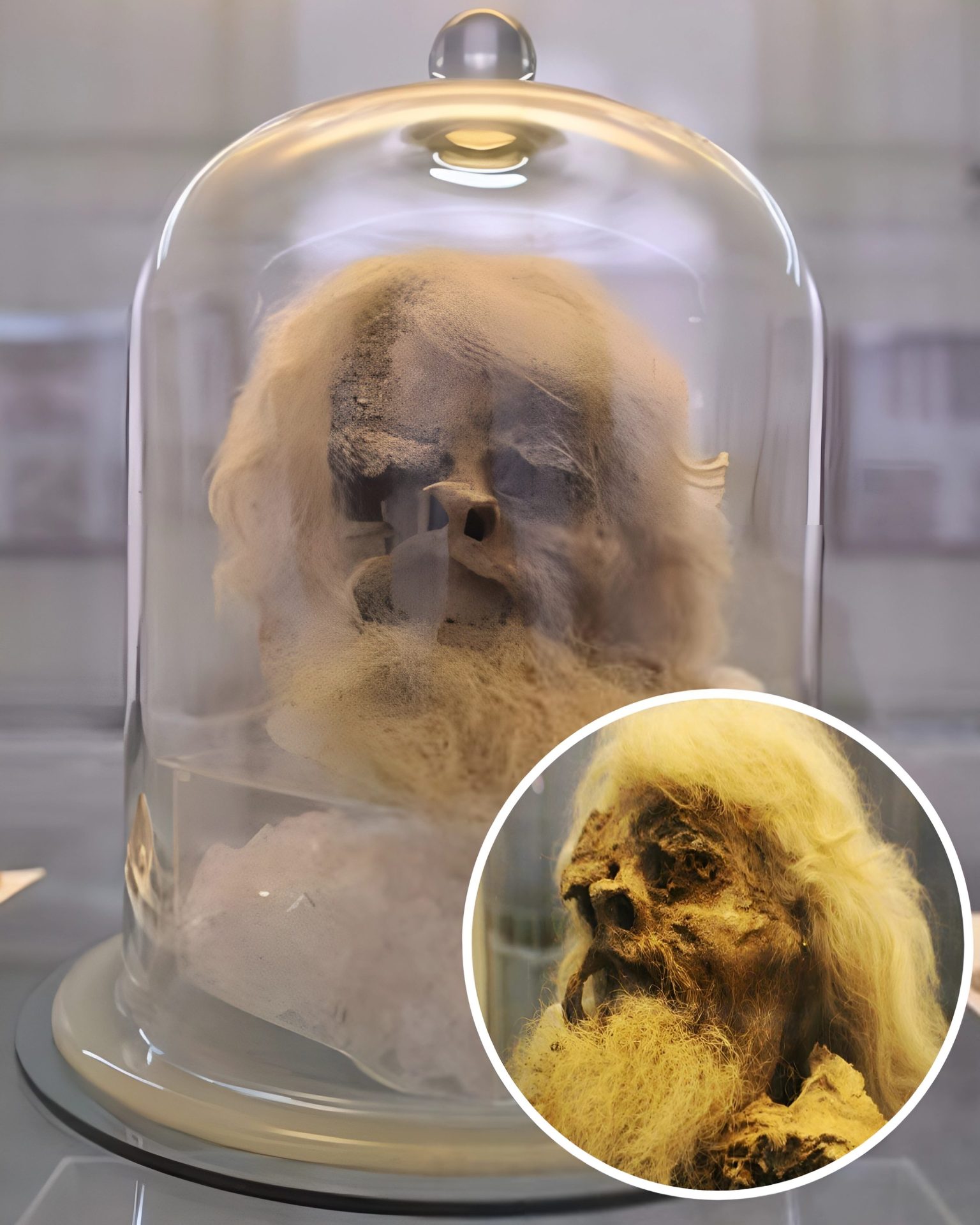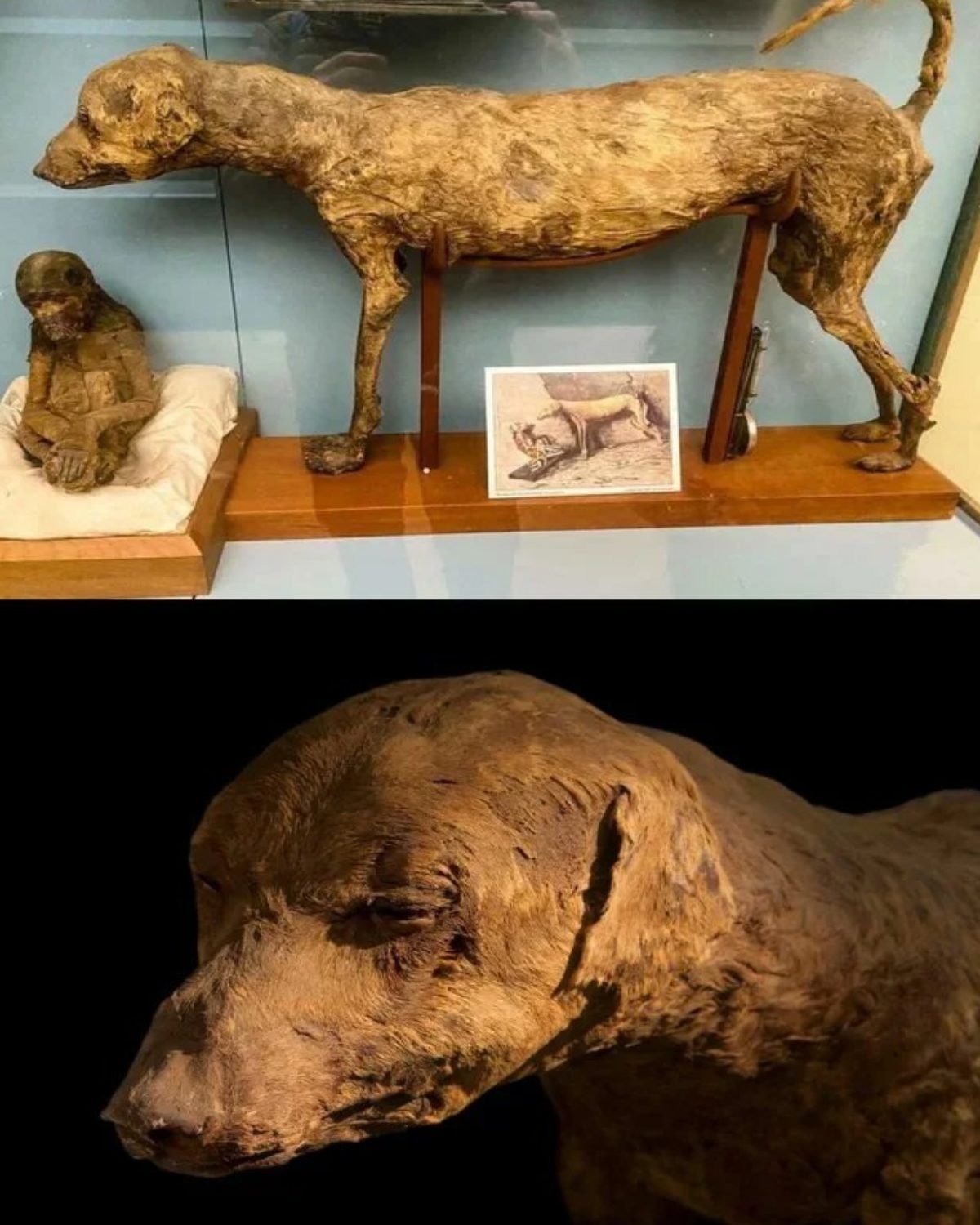A recent anthropological genetic study published in Current Biology sheds new light on the lives of early colonial settlers in 17th-century Delaware, uncovering intricate family structures and the intertwined existence of European settlers, enslaved African descendants, and European indentured servants.

Archaeologists have uncovered the earliest African-American gravesites known in Delaware. Shown here are two of 11 people found at Avery’s Rest. Credit: Donald E. Hurlbert, Smithsonian Institution
Anthropological geneticist Raquel E. Fleskes, who was a National Science Foundation Postdoctoral Fellow in UConn’s anthropology department for the last two years, authored the study, along with colleagues from esteemed institutions including the Smithsonian Institution, the Archaeological Society of Delaware, the University of Tennessee, and the University of Pennsylvania who have been studying the Avery’s Rest archaeological site near Rehoboth Beach, Delaware, for many years. The site was once a tobacco farm owned by John Avery and his family from approximately 1675 to 1725.
In 1976, Avery’s Rest was discovered, and subsequent excavations in the early 2000s revealed human remains, including seven men, two women, and two children. Notably, the burial ground contained both individuals of European descent and those of African descent, buried within a mere 15 to 20 feet of each other. This arrangement contrasts with later 18th-century cemeteries, where African descendant individuals were frequently segregated.
The study’s DNA analysis focused on the genetic makeup of the remains, revealing significant findings about the population’s origins and relationships.

New discoveries shed light on life in Delaware in the colonial era. Credit: Getty Images.
The analysis of the remains revealed that the majority had European ancestry. However, the analysis also identified three individuals of African descent – two adult men and a child. This was a significant finding, Fleskes says, because they are among the earliest discovered in Delaware.
Notably, the mitochondrial DNA analysis of the African-descendant individuals revealed diverse ancestral backgrounds, with one individual having ties to West Africa, while a father and son exhibited mixed ancestral origins from West and Central Africa.
“This discovery is important in understanding the early origins of the transatlantic slave trade in Delaware during this period when there are likely fewer than 500 persons of African descent in the area,” Fleskes notes. The researchers suggest that these individuals might have been forcibly brought into Maryland or the port of New York before being transported overland.
Fleskes also speculates that since John Avery was a mariner with ties to Barbados, the enslaved individuals could have been brought from the Caribbean. While direct archival evidence is lacking, the study highlights the possibility that these individuals were among those listed as Avery’s property upon his death in 1682.

Raquel E. Fleskes works in a lab at the University of Tennessee Knoxville in 2018. Credit: University of Connecticut
The study also uncovers intricate family ties and relationships. Among the European-descendant remains, researchers identified a grandmother, mother, and infant son, suggesting that families were actively involved in working the land, even though historical records often omit the contributions of children and women.
Fleskes emphasizes the importance of this research, stating, “People should care about this because it is a hard look at the beginning of our colonial nation. We see that even then slavery was very apparent. Indigenous persons who once lived there were pushed out. What we see at Avery’s Rest sets the foundation for later settlement, for the entrenchment of slavery, and for racial relationships going forward.”
The study’s findings provide a deeper understanding of life on the colonial frontier. Fleskes intends to continue her research at Avery’s Rest, working collaboratively with experts to unveil the lived experiences of these individuals and further illuminate the intricacies of colonial history.





